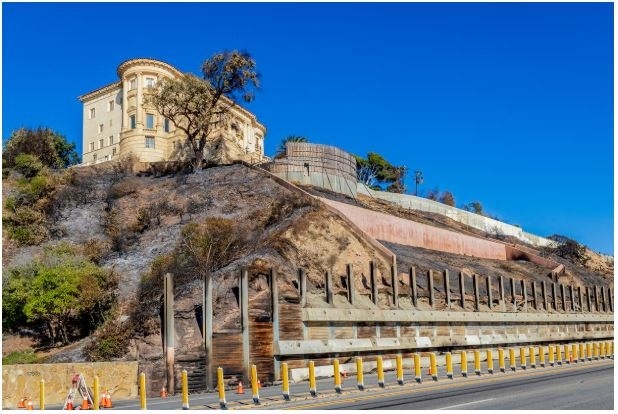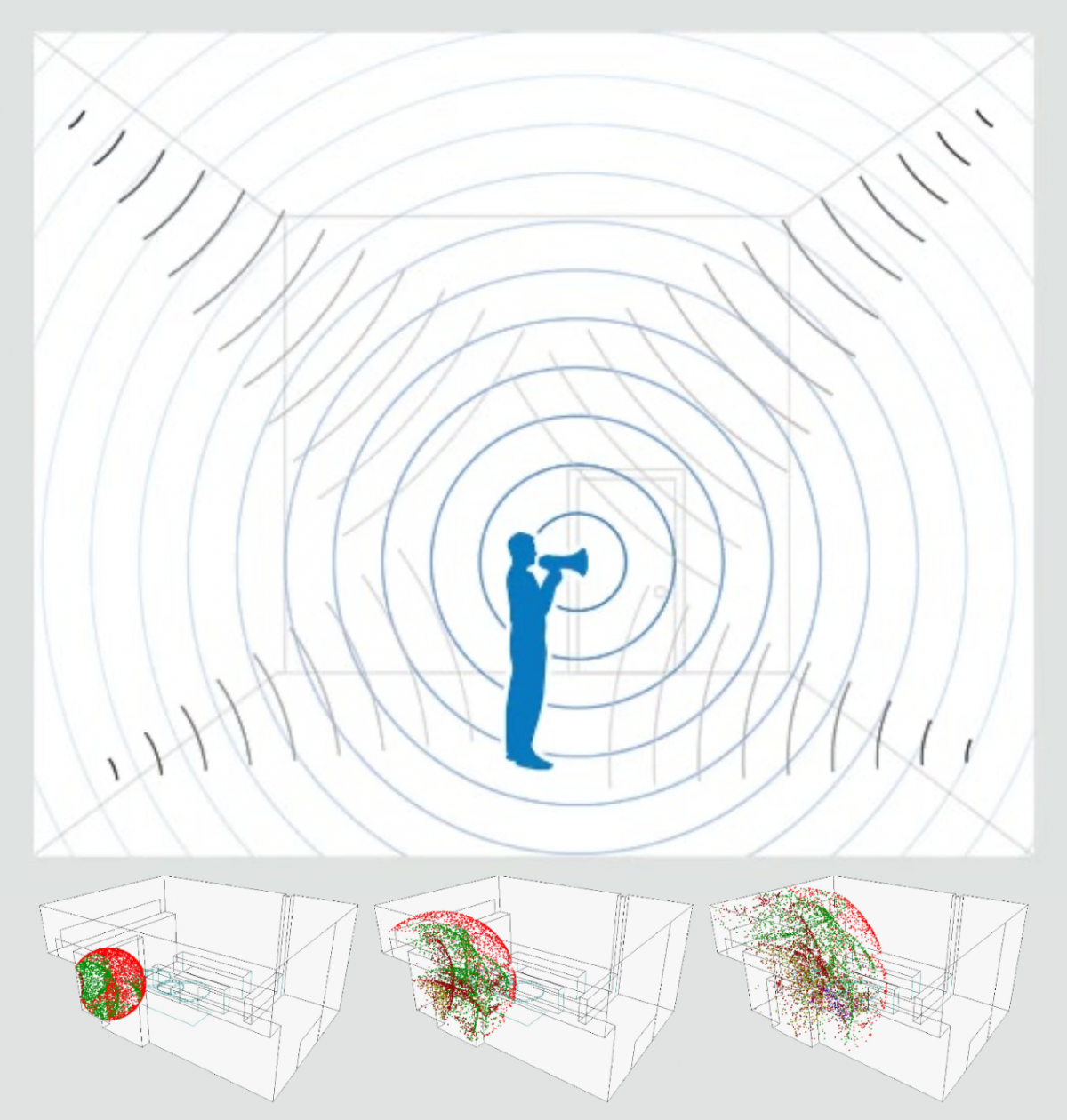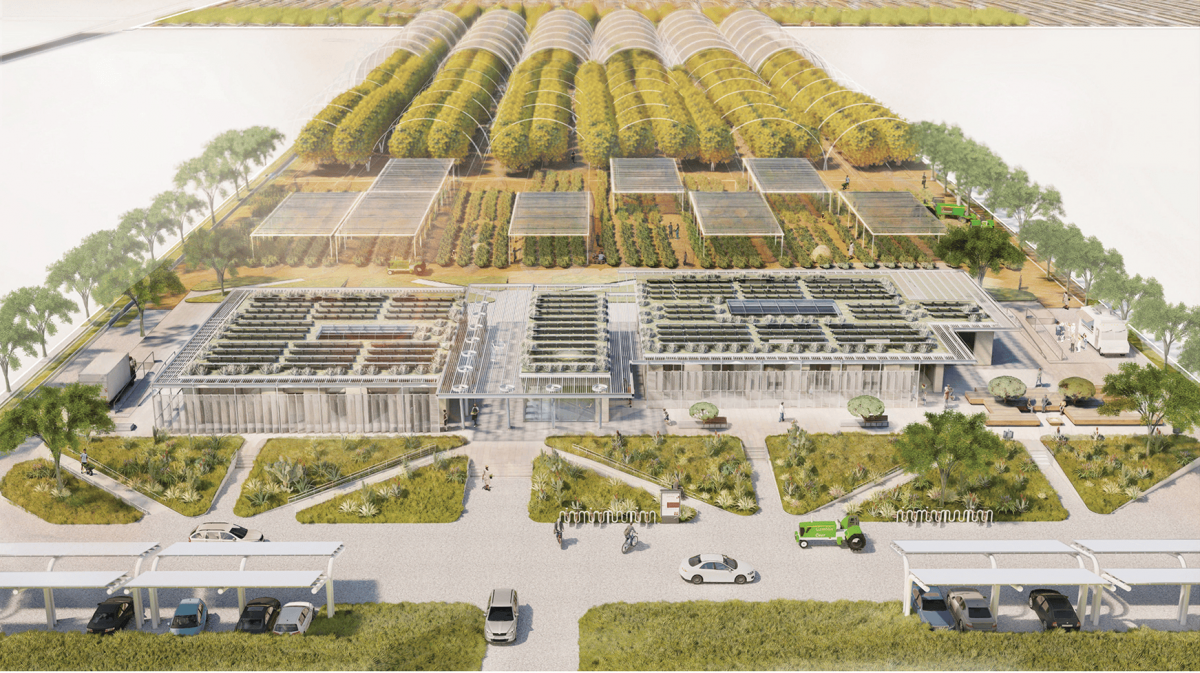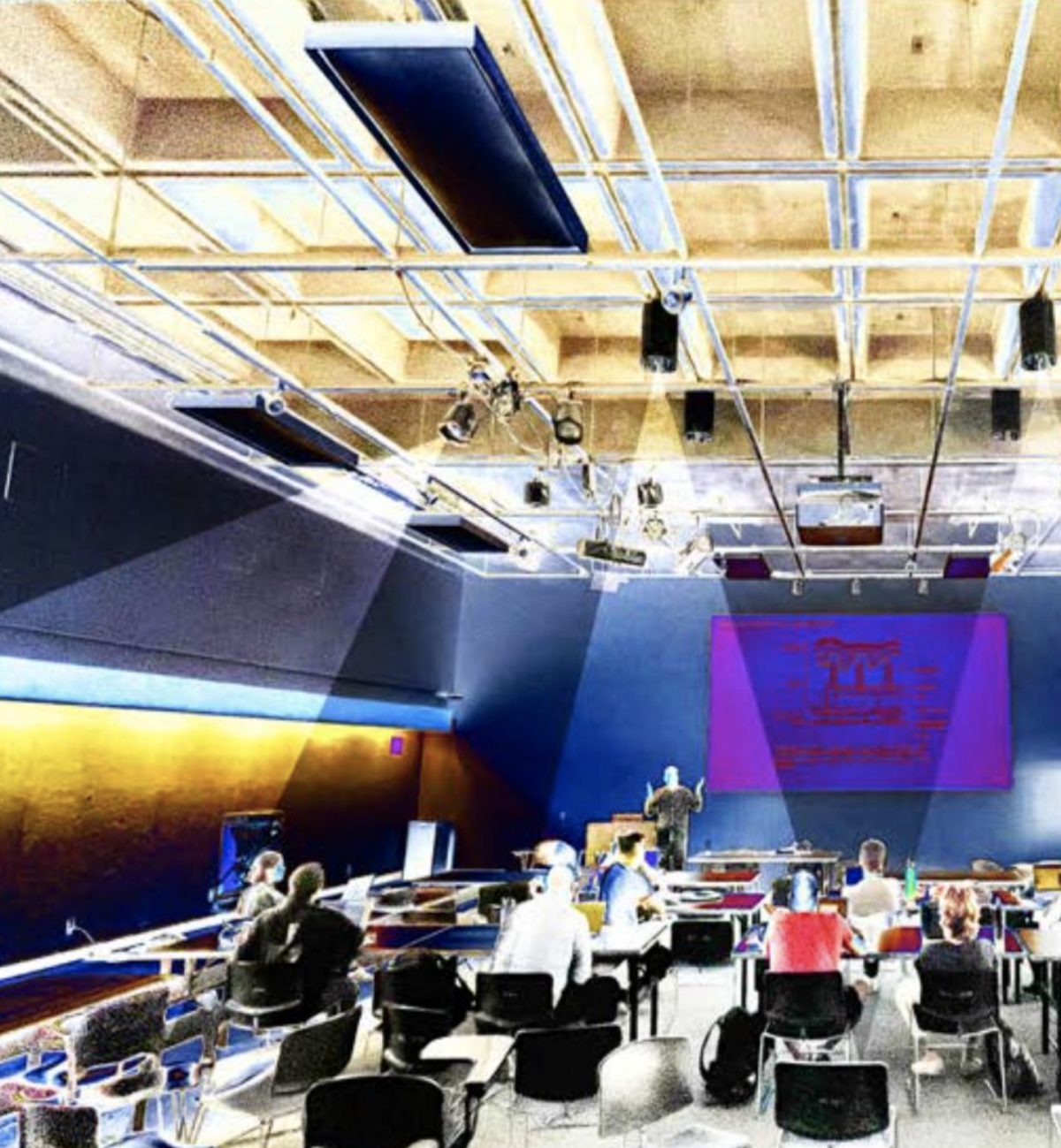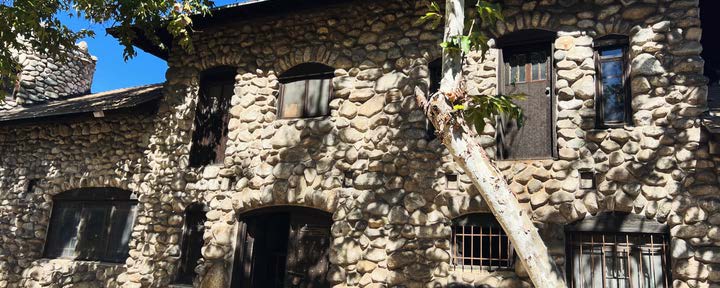Tucked along a stretch of the historic 110 freeway, amidst lush, native Californian foliage, stands the Lummis House, or El Alisal. Crafted by Charles Fletcher Lummis in the late 19th century, this rustic abode, hand-built of stone from the nearby Arroyo Secco, embodies a harmonious and groundbreaking blend of early Spanish, indigenous, and Arts and Crafts architectural influences.
It is a testament to Los Angeles’ place in the mythology of the American West with rich cultural diversity, and creative, boundary-pushing vitality. For over a century, El Alisal has captured visitors’ imaginations from near and far, young and old.
Lummis, a revered and reviled figure, left an indelible mark on the city’s identity. From founding the California History and Landmarks Club and playing host to the who’s who of this era to controversial activism on behalf of indigenous communities, his legacy is as multifaceted as the structure erected.
The Lummis House is a nostalgic relic of the past and a living embodiment of the dynamic interplay of history, art, and societal exchange that defines Los Angeles. Amidst the city’s ever-evolving urban landscape, preserving the Lummis House presents a unique set of challenges and opportunities. This thesis adopts a multidisciplinary approach, melding architectural analysis, historical inquiry, and cultural exploration to unravel the layers of significance attached to the site. It involves ‘placekeeping ‘, the active management of a place’s cultural significance, and ‘placemaking ‘, the process of creating a sense of place and belonging. The Lummis House requires an active heritage conservation practice in order to continue its role as a nexus of our shared past and bright future.
